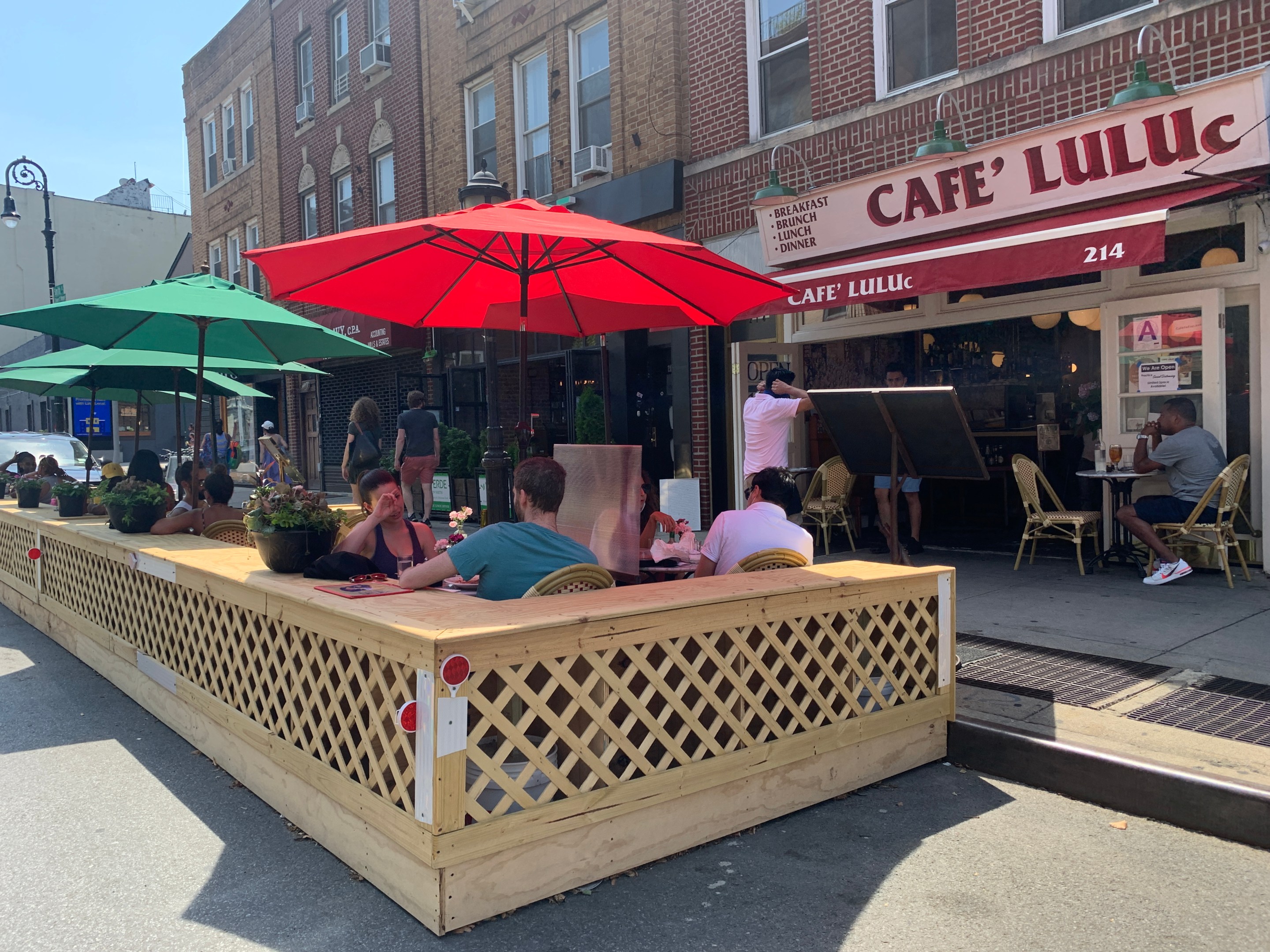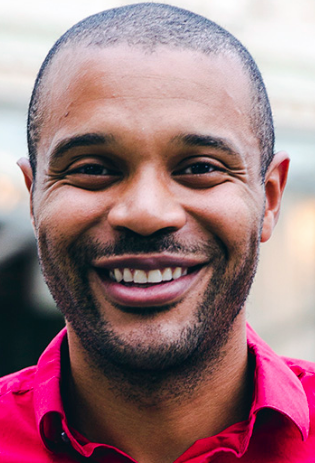Whether it’s for restaurant streets or for dedicated bus lanes, our city seems to prioritize the needs of wealthy areas over those of poorer neighborhoods. That was true when Mayor Bloomberg created pedestrian spaces in the wealthiest parts of Manhattan, and it’s been true as Mayor de Blasio re-opens the city in the wake of the pandemic.
In opening up streets for walkers and outdoor dining, the city once again has focused overwhelmingly on Lower Manhattan and the wealthiest and trendiest neighborhoods, while stinting on poorer areas in Upper Manhattan, Brooklyn, the Bronx, and Queens.
These choices, which actively reinforce inequity, are not random, nor are they the vestige of a more racially divided time; we see the same pattern now.
Take the enormously successful 14th Street busway: It literally runs directly atop a subway line, duplicating its route. Meanwhile, poorer areas of our city remain underserved, with vast transit deserts where buses are few and far between.
The pattern is glaring in my district, which stretches from Bedford-Stuyvesant to Downtown Brooklyn and south into Red Hook and Sunset Park. Some neighborhoods are a short walk from several subways and enjoy many sidewalk cafes, while others are in desperate need of more reliable transit.
Even as residents need to get back to work, the only transit improvement city has offered the district is a half-mile busway on Jay Street in Downtown Brooklyn. That's nice, but it's not enough. Residents need quick, safe connections from Bed-Stuy and East New York to the rest of Brooklyn and westward — in the form of a multi-mile dedicated bus lane, more frequent buses, and express buses. But they’re out of luck. These needs are at least as urgent — I would argue, more urgent — as the need for street space for restaurants.
Even when the city claims to be addressing transit needs in poor areas, it is all too willing to renege on its promises, for example, apparently caving to the ridiculous “Business Lives Matter” protest over the busway on Main Street in Flushing. In June, the interim president of NYC Transit — hardly a Socialist — wrote to de Blasio urging him to install 60 miles of bus lanes to improve transit, especially for essential workers, during the pandemic. The city responded with a bare third of that number — and has since delayed Main Street and Fifth Avenue, and even cut back a Staten Island project.
Like the pandemic itself, the city’s response to the changing transit environment has laid bare the injustice of its priorities and the skewing of its policies in favor of the rich and the White. As we contemplate the systemic racism built into our over-reliance on policing, we must also think about our systemic refusal to address and invest in the transit needs of communities of color. Social mobility will remain out of reach until all New Yorkers have physical mobility.
Consider the many neighborhoods in eastern Brooklyn that are more than a mile away from a subway stop. Walking to a bus, inconsistent service and traffic mean that commutes from these areas often take an hour and half — when a commute of the same length in Manhattan might take less than half the time. Those extra hours could be better spent with children doing homework, earning wages, participating in community activism, or pursuing a hobby. Our transit policies are robbing these communities of hundreds of thousands of hours. Clearly, our city places less value on the time and effort of working-class people of color.
A system that works for us all, however, can help fight these injustices. More dedicated bus lanes and more buses — all over the city, not just Lower Manhattan — will create opportunities for underserved New Yorkers. Dedicated bus lanes are proven to lead to more ridership. They will make it easier for New Yorkers to get to jobs and to get around the city that belongs to all of us. When more people take the bus, our city’s air will be cleaner, its carbon footprint will be smaller, and more street space and parking spaces can be reclaimed as community spaces.
The mayor says he understands that limiting cars and boosting transit is the future of our city, but this future must be available to all New Yorkers. If we can take back street space to put sidewalk cafes in wealthy neighborhoods, surely we can also provide essential workers in the outer boroughs with reliable and safe transportation.
Jabari Brisport (@JabariBrisport) is the Democratic candidate for State Senate in Brooklyn's 25th District, which comprises Bedford-Stuyvesant, Downtown Brooklyn and Red Hook.







